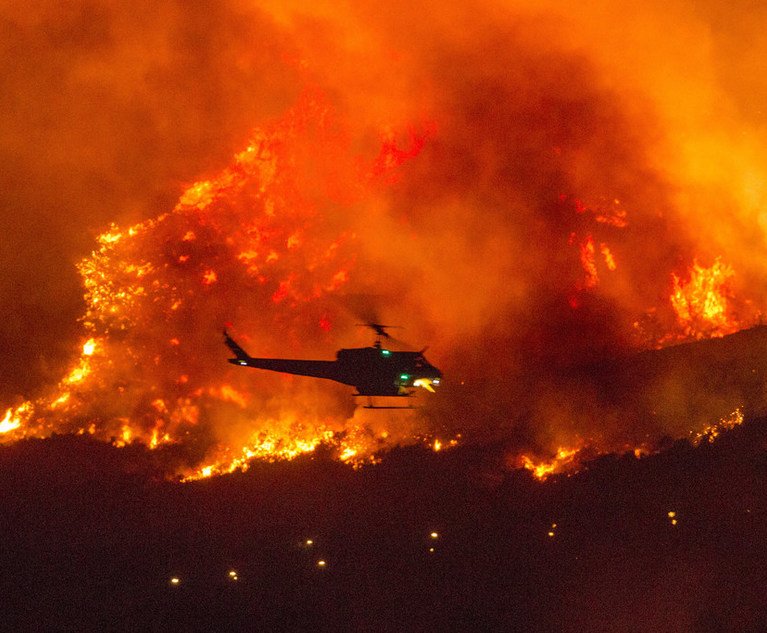 "Embers will find a vulnerability, so it is critical that property owners take all the mitigation actions research shows will improve overall structural resilience as they work together to provide the best protection," Hedayati said. Credit: Ringo H.W. Chiu
"Embers will find a vulnerability, so it is critical that property owners take all the mitigation actions research shows will improve overall structural resilience as they work together to provide the best protection," Hedayati said. Credit: Ringo H.W. Chiu
Wildfire season in the U.S. typically runs from July-October, but in recent years the risk has grown to become a year-round threat, according to the Insurance Institute for Business & Home Safety (IIBHS).
Recommended For You
Want to continue reading?
Become a Free PropertyCasualty360 Digital Reader
Your access to unlimited PropertyCasualty360 content isn’t changing.
Once you are an ALM digital member, you’ll receive:
- Breaking insurance news and analysis, on-site and via our newsletters and custom alerts
- Weekly Insurance Speak podcast featuring exclusive interviews with industry leaders
- Educational webcasts, white papers, and ebooks from industry thought leaders
- Critical converage of the employee benefits and financial advisory markets on our other ALM sites, BenefitsPRO and ThinkAdvisor
Already have an account? Sign In Now
© Touchpoint Markets, All Rights Reserved. Request academic re-use from www.copyright.com. All other uses, submit a request to [email protected]. For more inforrmation visit Asset & Logo Licensing.







